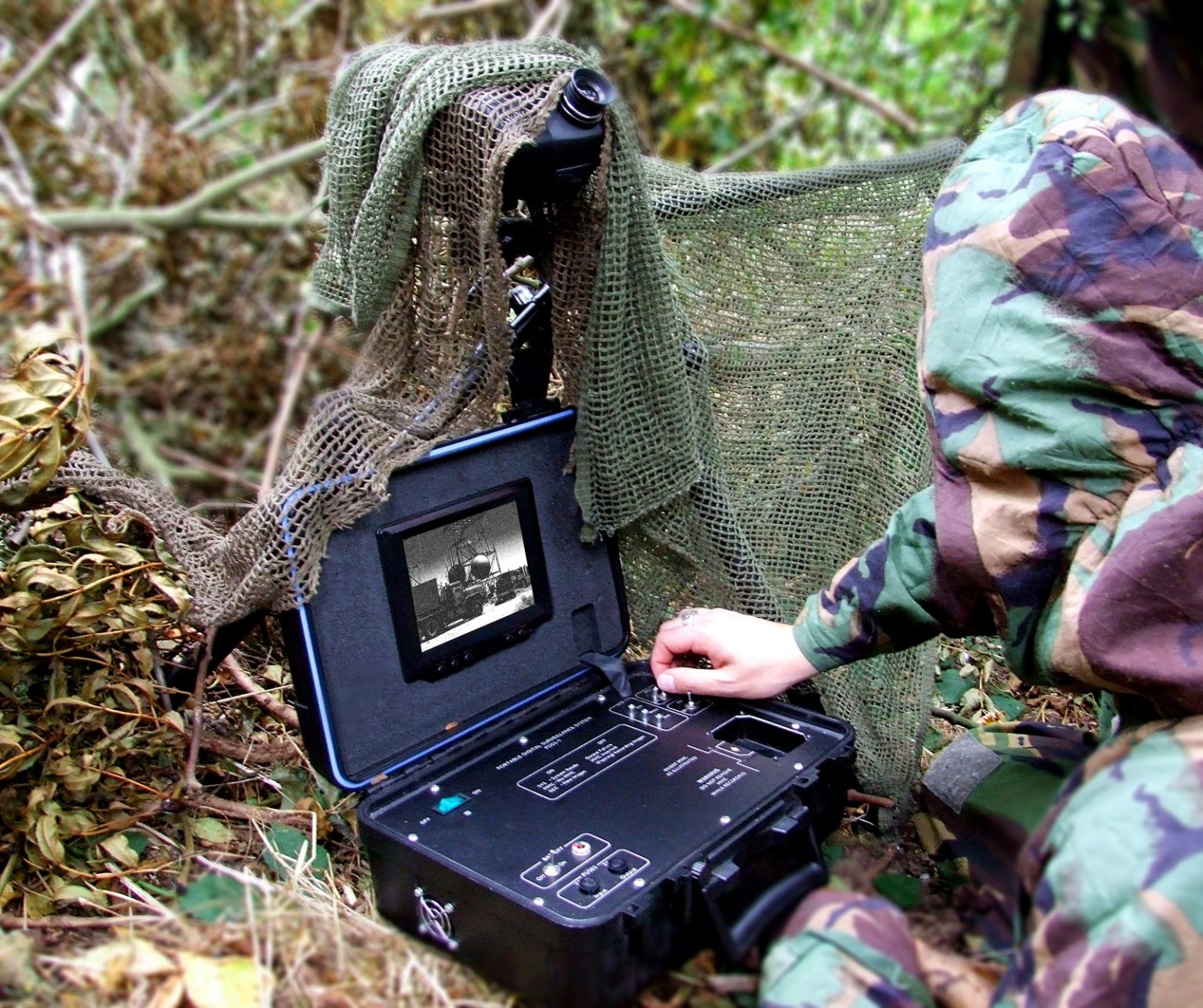Introduction
In an era where digital footprints intertwine with every aspect of our lives, the significance of digital forensic investigation cannot be overstated. It serves as the linchpin in unraveling intricate cybercrimes and securing justice in the digital realm. Harnessing the synergy between forensic technology and investigative methodologies, digital forensic experts adeptly navigate through the labyrinth of digital evidence to uphold the rule of law.
The Significance of Digital Evidence
Digital evidence, ranging from emails to deleted files and online transactions, forms the bedrock of modern investigations. Its unique characteristics demand specialized techniques for collection, preservation, and analysis. Understanding these nuances is pivotal for forensic investigators to construct compelling cases in court and bring perpetrators to justice.
- Digital evidence is pervasive and diverse, spanning various forms such as text, images, videos, and metadata.
- The ephemeral nature of digital data necessitates prompt and meticulous preservation to prevent tampering or loss.
- Forensic experts employ advanced techniques such as hash analysis and timeline reconstruction to authenticate digital evidence and establish its integrity.
Leveraging Forensic Technology
Forensic technology has undergone rapid evolution, equipping investigators with an array of tools to extract and interpret digital evidence effectively. From cutting-edge data recovery software to artificial intelligence algorithms, these technologies augment the investigative process and enhance the accuracy of findings.
- Automated forensic tools streamline the extraction and analysis of digital evidence, reducing manual labor and expediting investigations.
- Forensic imaging devices facilitate the acquisition of forensic copies of digital devices, ensuring the preservation of evidence while maintaining a chain of custody.
FAQs (Frequently Asked Questions)
1. How is digital evidence collected?
- Digital evidence is collected using specialized tools and techniques, including forensic imaging, data recovery software, and network analysis. It is crucial to adhere to proper protocols to preserve the integrity of evidence.
2. What types of cases require digital forensic investigation?
- Digital forensic investigation is essential in cases involving cybercrimes, financial fraud, intellectual property theft, and various forms of digital misconduct. It is also increasingly utilized in civil litigation and regulatory compliance matters.
3. How long does a digital forensic investigation typically take?
- The duration of a digital forensic investigation varies depending on factors such as the complexity of the case, the volume of digital evidence, and the resources available to investigators. Some cases may be resolved within days, while others may span several months or even years.
4. What role does digital forensic investigation play in legal proceedings?
- Digital forensic investigation provides crucial evidence that can corroborate or refute allegations in legal proceedings. It serves as a cornerstone of the prosecution or defense’s case, helping to establish the facts and credibility of witness testimony.
Conclusion
In conclusion, digital forensic investigation is indispensable in the contemporary landscape of law enforcement and litigation. By harnessing the power of forensic technology and adhering to rigorous investigative protocols, forensic experts unravel the complexities of digital evidence and uphold the principles of justice. As society becomes increasingly reliant on digital technologies, the importance of digital forensic investigation will continue to grow, safeguarding the integrity of our digital infrastructure and preserving the rule of law.




